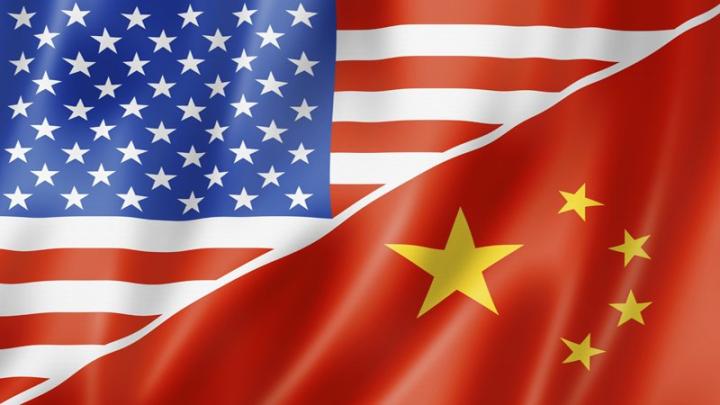Trade dispute USA - China

Dr. René Dubacher
Financial Markets
The U.S. trade war with the rest of the world, but especially with its largest trading partners China and the European Union, is making new headlines every day. Initial accusations from all sides have developed into a serious conflict.
The U.S. trade war with the rest of the world, but especially with its largest trading partners China and the European Union, is making new headlines every day. Initial accusations from all sides have developed into a serious conflict.
Savers' trade war: Economics 101
In contrast to the statements of the U.S. government, renowned economists such as Stephen Roach (former chief economist of Morgan Stanley, now teaches at Yale) state that the problems of the U.S. cannot be eliminated by new conditions of international trade. They are largely the result of macroeconomic imbalances that affect both sides: China saves too much and the U.S. saves too little. These savings differentials create multilateral trade imbalances that cannot be addressed through bilateral efforts.
This statement is perplexing at first, and we wonder what saving actually has to do with the trade and current account balances. The current account of an economy measures the exchange of goods and services with all other economies.
A deficit means that a country imports more goods and services than it exports.
More specifically, the current account is the sum of:
- Trade in goods
- Trade in services e.g. insurance
- Investment income-e.g., dividends, interest, and migrant remittances from abroad
- Net transfers - e.g. international aid.
In this context, it should also be noted that under a floating exchange rate, a current account deficit must be offset by a surplus in the financial and capital account. This means that a current account deficit must be financed by foreign countries.
Now, why do economists claim that the current account balance is equal to the difference between saving and investment?
First, it is important to note that in a closed economy we assume that saving = investment. (S=I). In order for a firm to invest, it needs savings to be able to finance the investment. In this context, economists have found that too little domestic savings relative to domestic investment leads to a current account deficit. Why is this so?
To answer this question, one must understand how gross national product (GNP) and gross domestic product (GDP) are calculated.
GDP is the value of all goods and services that an economy produces or provides domestically.
Add to this what nationals receive in income from abroad and subtract from this what foreigners receive in income remitted from within the country, and you get gross national product. Thus applies:
Gross national product (GNP) = gross domestic product (GDP) + net foreign income (R).
(1) GDP = GDP + R
Net foreign income can be negative if foreigners own more assets domestically than nationals abroad. Income from the difference in these assets is sent abroad, eventually resulting in negative net foreign income.
In equilibrium, GDP is defined as
(2) GDP = C + I + G + (X-M), where.
C=consumption, I=investment, G=government spending, and (X-M) = exports minus imports or net demand from abroad.
The current account (denoted CA) can be defined in the same way, as exports minus imports plus net foreign payments.
(3) CA = (X-M) +R
Using formulas (1) and (2), we can rewrite the right-hand part of formula (3) as
(4) (X-M)+R= BSP -(C+I+G)
and thus
(5) CA = BSP - (C+I+G)
The difference between gross national product plus consumption and government spending (GNP - (C+G)) is savings (S). Thus
(6) CA = S-I
From an accounting point of view, it makes no difference whether we express the balance of the current account as
(7) CA = net exports (X-M) + net foreign income (R)
or as
(8) CA = savings (S) - investments (I)
View. Suppose domestic saving is not sufficient to finance domestic investment. How then will domestic investment be financed? They are financed by investment from abroad. These capital flows are a credit to the capital account and are offset by a deficit in the current account.
Conversely, if a country has additional savings (i.e., domestic savings > domestic investment), these savings will go abroad to finance investment in other countries. This results in a negative balance on the capital account and allows for a current account surplus.
The U.S. had trade deficits with 102 countries in 2017. Now, if part of this multilateral imbalance between a deficit country (the U.S.) and a country with a savings surplus (China) is changed, we simply spread that change to other countries. The result is more expensive imports for the U.S., which is effectively a tax increase. At the same time, developments in China have meant that they are likely to run a current account deficit in 2018 after many years. This limits the scope for the Chinese to reach amicable agreements with the US.
The solution can only be a compromise. Americans will not change their savings and consumption patterns and will rely on capital imports. Tariffs will do little to change this.


